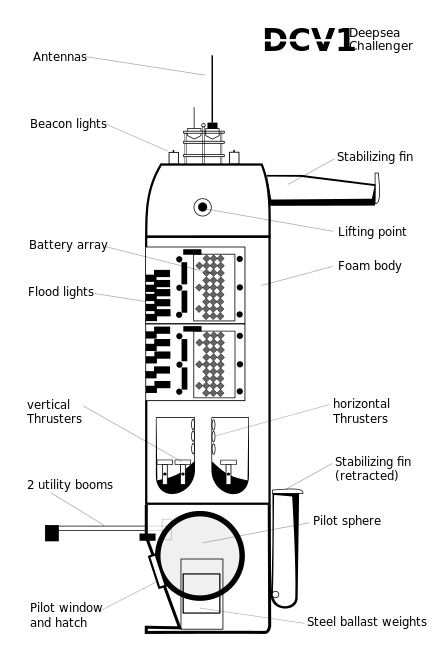 |
| Korean KSS-III Submarine (model) |
Larger UUVs (underwater drones) would be similar in concept to the Boeing Airpower Teaming System (Loyal Wingman). This is a pilot-less aircraft design to accompany aircraft with crews. It is being designed and built in partnership between US Boeing and the Australian Government. Boeing has the Orca Extra Large Unmanned Undersea Vehicle (XLUUV), based on the Echo Voyager. This is 16 m long with a range of 12,100 km. Smaller drones are more like very smart torpedoes and mines, with limited range. Small UUVs will have far smaller warheads than conventional torpedoes and mines, due to the need for more space for batteries or fuel. This necessity could be made a virtue, by providing a "less lethal" option in grey zone conflicts. UUVs could be programmed to disable a ship's propulsion, steering, or sensors, rather than sinking it. This would deny ports and shipping lanes to an enemy, with less risk of negative publicity from causalities, where the target was a warship disguised as a civilian vessel.
 |
| Event canvas from NWIW 2020 by Paul Telling |
Just as battleships were rendered obsolete after WWII by progress with aircraft at sea, large submarines will become increasingly vulnerable to UUVs. Some battleships were converted to aircraft carriers, and similarly submarines will become UUV carriers. This will allow submarines to remain at greater distances, just as aircraft carriers can launch attacks from over the horizon.
However, converted battleships did not make ideal aircraft carriers. Their heavy guns were obsolete and so removed. They did not have optimal storage for aircraft. Similarly, the design of submarines will need to change, with the priority being UUV storage, not sensors or torpedoes. A good starting point would be a design like the Korean Dosan Ahn Changho-class KSS-III. This is the only conventionally powered submarine with a Vertical Launch System for cruise and ballistic missiles.
.jpg/600px-USNS_Burlington_(T-EPF_10).jpg) |
| Austral Spearhead class expeditionary fast transport |
 |
| Deepsea Challenger |
However, the key part of UUVs would be in-country manufacturing capability. This could use local flexible manufacturing, such as Core Electronics factory at Newcastle, for assembling the computer controls, and composite construction from Acheron Project Pty Ltd of Sydney (as used for James Cameron's Deepsea Challenger).

In July 2023 Turkish shipyard Dearsan displayed a model of a proposed mini submarine,offered in versions for special forces delivery, or un-crewed XLUUV. The AMT SEAL SUB would be 19m long, 2.5 m beam, 1.7m draft, 85 tons, diving to 75m, 100 kW for 10 knots.
ReplyDelete